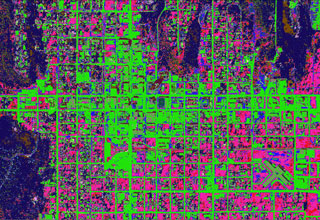Setting Stormwater Rates Using Machine Learning (Source: Water Finance & Management)
By Tak Makino
The City of Mineral Wells, Texas, is a community of approximately 15,000 people west of the Dallas-Fort Worth metroplex. The city has experienced numerous floods in recent years, including significant damage in the 2015 Memorial Day floods. Its stormwater infrastructure needs repair, maintenance and expansion that is currently not in the city’s budget. To address this shortfall, the city contracted with Lockwood, Andrews & Newnam, Inc. (LAN), a national planning, engineering and program management firm, and NewGen Solutions, a management consulting firm, to perform a stormwater utility rate study.
Stormwater utility fees are a popular method to build capital for constructing, maintaining and expanding a city’s stormwater infrastructure. A stormwater utility fee provides a transparent, usage-based method of fee collection. Much like how a municipal utility bills for drinking water on a consumption basis, a stormwater utility fee is also billed on a consumption basis. Under a stormwater utility fee, individual or commercial properties that send more water to the stormwater system are responsible for a greater share of the utility cost.
Impervious surface coverage provides a proxy for runoff contributed to the stormwater system. In other words, the more impervious surface or pavement on a lot, the greater the fee is to send that runoff water to the stormwater drainage system.
CLICK HERE TO READ COMPLETE STORY

